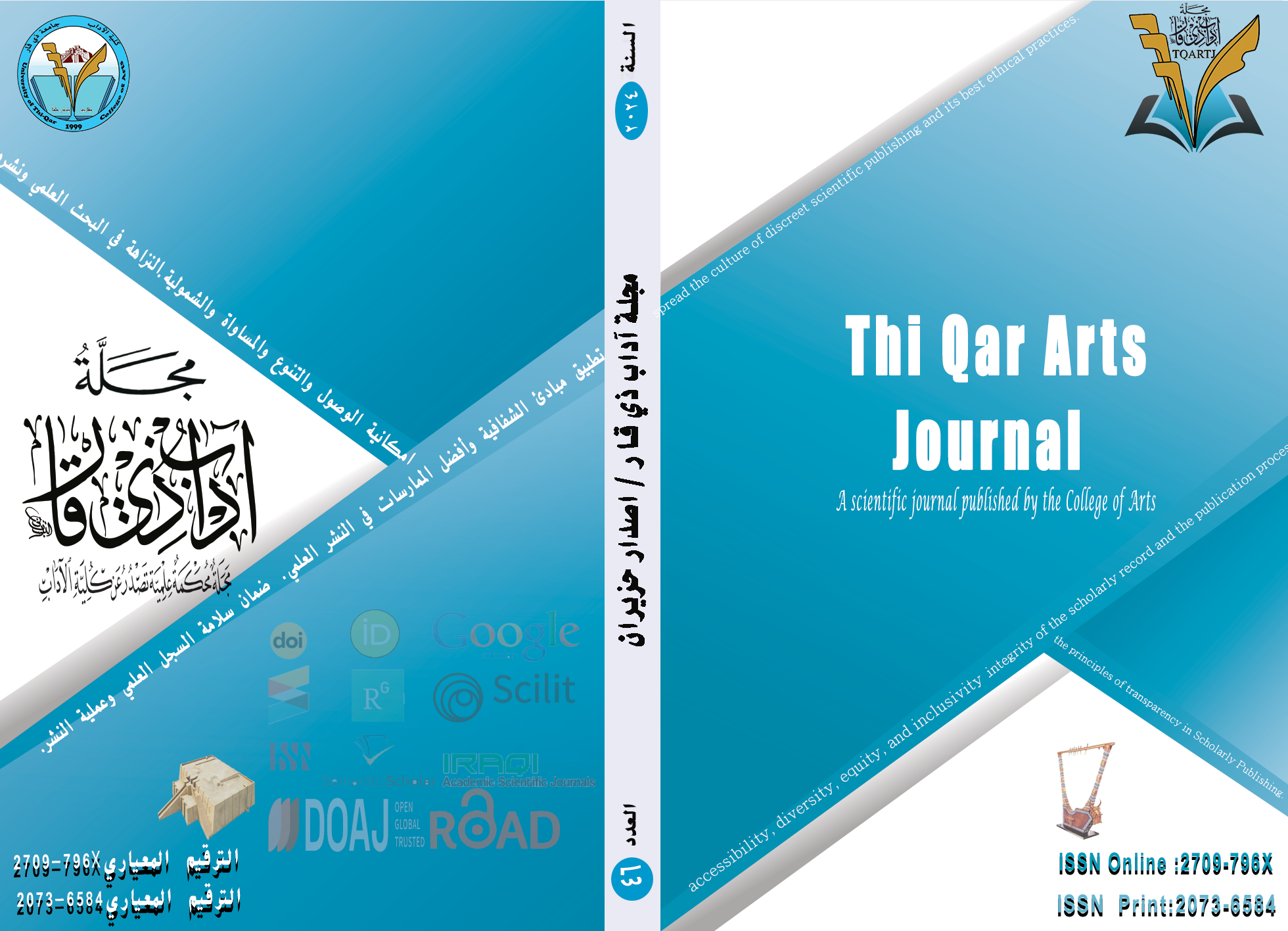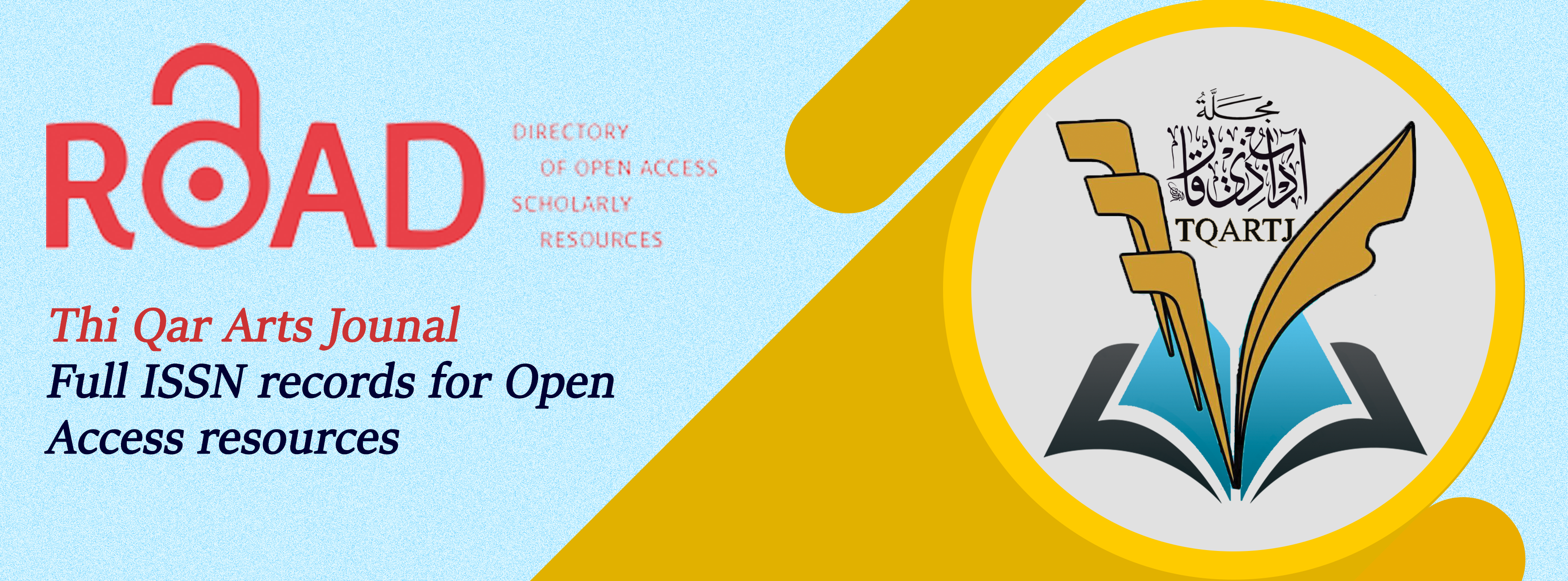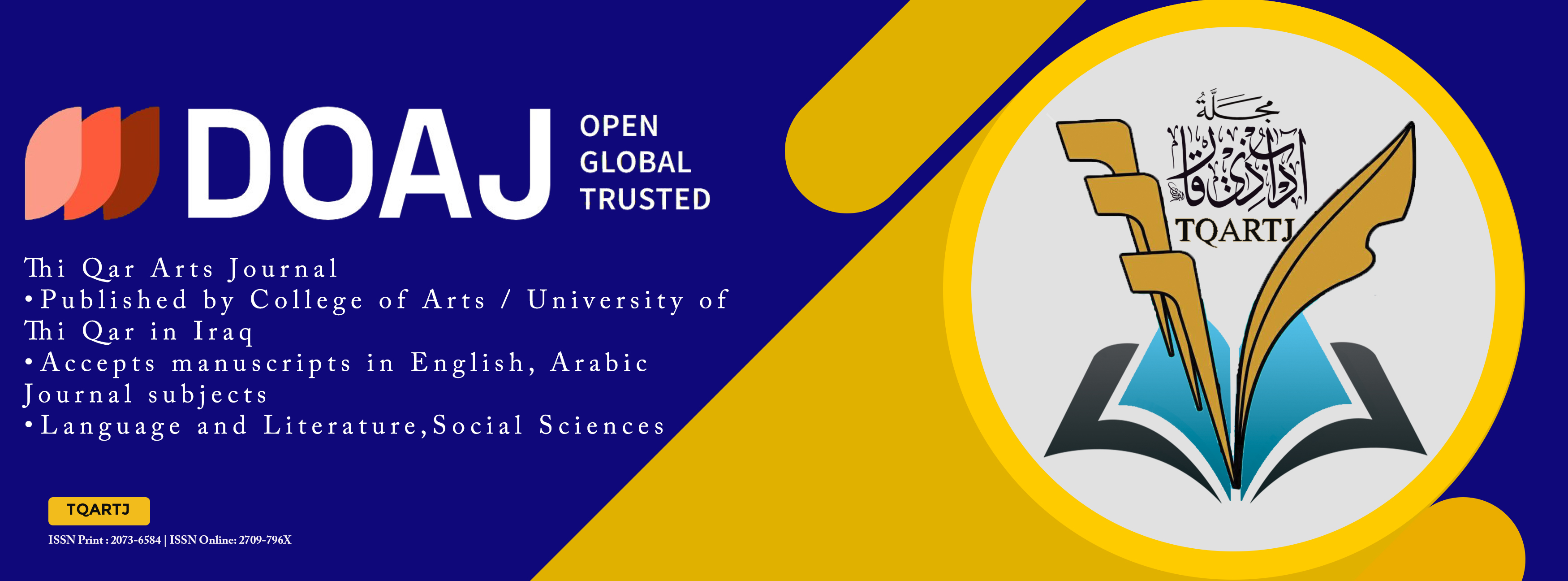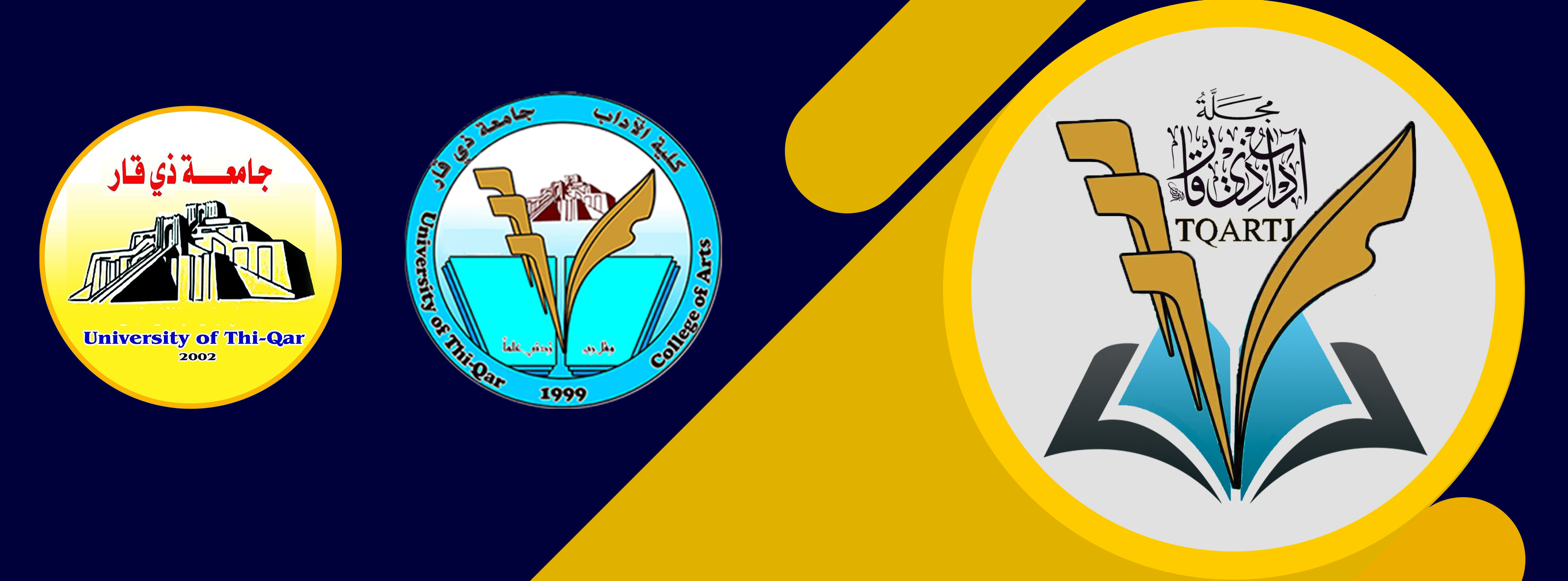An Analysis of Textual Cohesive Devices in Surah AL-Nas: An Application of Halliday and Hasan's Text Coherence Theory
DOI:
https://doi.org/10.32792/tqartj.v5i46.644Keywords:
Cohesive Devices, Surah AL-Nas, linguistic text analysis, grammatical devices, lexical devices.Abstract
The structure of the text of the Quran has always attracted the attention of researchers from every era. Today, this topic has found a special place in interdisciplinary studies, especially in the field of religious and Quranic knowledge. This study aims to analyze the textual coherence elements in Surah Al-Nas based on the theoretical foundations of textual coherence by Halliday and Hasan within the framework of textual linguistics. Therefore, I examine the textual coherence elements of Surah An-Nas based on the theoretical framework of research, using a descriptive-analytical and statistical method. I collect the research data from the Quran, reliable interpretive sources, and comprehensive software for Quranic interpretations. Through analysis, we have reached some results: the cohesive devices detected in Surah AL-Nas comprise grammatical elements like reference, ellipsis, substitution, coherence, and lexical components such as repetition, super-ordinate, synecdoche, hyponymy, and synonymy. The total count of cohesive devices in Surah AL-Nas amounts to 30. Among these, lexical devices prove to be more effective and contribute more significantly than grammatical cohesive devices to the coherence of textual segments in Surah AL-Nas. The cohesive devices of reference, repetition, and superordinate collectively account for 16.66% of the frequency, surpassing other elements and boasting the highest occurrence rate. Conversely, the usage of synecdoche is 2.77% less prominent compared to these cohesive devices.
Downloads
References
Alharbi, M. (2021), Linguistic Appropriateness in Quranic Text. In Journal of Arts and Humanities. Madinah: Taibah University.
Asher, Nicholas & Alex Lascarides. 2003. Logics of Conversation. Cambridge: Cambridge University Press.
Baker, M. ( 1992). In Other Words: A Course Book on Translation. London and New: Routledge.
Beaugrande, R. & Dresslar, W. (1981). Introduction to Text Linguistics. London:
Longman.
Bloor, T.and Bloor, M. 1995. The Functional Analysis of English.London: Arnold.
Brown, G. & Yule, G. (1983). Discourse Analysis. Cambridge: Cambridge University Press.
Brinton, Laurel J. (2000). The Structure of Modern English: A Linguistic Introduction (Illustrated ed.). John Benjamins Publishing Company. p. 112. ISBN 978-90-272-2567-2.
Bublitz, W. (2011). Cohesion and Coherence. In J, Zienkowski., J-O Östman., & J,Verschueren (Eds.), Discursive pragmatics (37-49).
Coulthard, M. (1985). An Introduction to Discourse Analysis. (2th edition) London: Longman.
Cook, G. (2001). The Discourse of Advertising. London and New York: Routledge.
Eggins, S. 1994. An Introduction to Systemic Functional Linguistics.
Goldberg, A. (2006). Constructions at Work. The Nature of Generalization in Language. Oxford: Oxford University Press.
Grambs, David. The Endangered English Dictionary. Bodacious Words Your Dictionary Forgot. WW Norton & Company, 1997.
Halliday, M.A.K & Ruqaiye Hassan (1976). Cohesion in English. Longman, London.
Hasan, Ruqaiye (1984). Coherence and Cohesive Harmony. In J. Flood (ed.),
Understanding Reading Comprehension. I.R.A. Newark Delaware.
Halliday, M., &Hasan, R. (1976). Cohesion in English. London, Longman.
Hellman, Christina (1995). The notion of coherence in discourse. In Focus and Coherence in Discourse Processing edited by Rickheit, Gert and Habel, Christopher (1995). Berlin and New York: Water de Gruyter.
Hu Zhuanglin. (1994). Discourse Cohesion and Coherence. Shanghai: Shanghai Foreign Language Education Press.
Fromkin, Victoria; Robert, Rodman (1998). Introduction to Language. Harcourt Brace College Publishers. (6th ed.). Fort Worth. ISBN 978-0-03-018682-0
Nordquist , Richard(2006). Grammar and Composition Experts.Retrieved from grammar .about.com/bio/Richard –Nordquist -22176.htm
Neubert, A. & G. Shreve 1992. Translation as Text. Kent, OH: Kent
State University Press.
Nursi, S. (2007). The Letters: Epistles on Islamic Thought, Belief, and Life. Translated by Hüseyin Akarsu. New Jersey: The Light.
Nursi, S. (1995). Muhakemat. Istanbul: Envar Nesriyat.
Nur-uth-Thaqalayn. Majma'-al-Bayan, vol. 10, p. 569.
Schiffrin, Deborah. "Making a list. Discourse processes. 17.3 (1994): 377-406.
Qutub, S. (1995). Tafsir Ayat al-Riba. Cairo: Dar al-Shuruq.
Renkema, J. 1993. Discourse Studies. Amsterdam: John Benjamins.Tas, Nedim. (2005). Analysis of a text from a newspaper.
Tannen, D. (1984). The pragmatics of cross-cultural communication. Applied linguistics. 5(3), 189-195.
Tas,Nedim. (2005). ANALYSIS OF A TEXT FROM A NEWSPAPER.
Tabatabai, M.H. (1955). Translation of Tafsir Al-Mizan. Translated by Muhammad Baqir Mousavi Hamadani. Qom: Dafater Intisharat Islami, Volumes 8, 16, and 19.
Widdowson, H. G. (1978). Teaching Language as Communication. Oxford: Oxford University Press.
https://www.al-islam.org/enlightening-commentary-light-holy-quran-vol-20/surah-nas-chapter-114.
Downloads
Published
How to Cite
License
Copyright (c) 2024 Dr.Mokhalad Naji Kamil

This work is licensed under a Creative Commons Attribution 4.0 International License.
The journal applies the license of CC BY (a Creative Commons Attribution International license). This license allows authors to keep ownership of the copyright of their papers. But this license permits any user to download, print out, extract, reuse, archive, and distribute the article, so long as appropriate credit is given to the authors and the source of the work. The license ensures that the article will be available as widely as possible and that the article can be included in any scientific archive.















